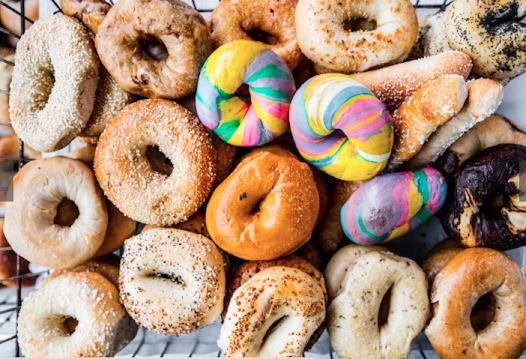This is another example of a common Internet phenomenon: Someone makes an image available online, the picture begins to circulate through e-mail forwards, the original attribution or explanation for the image gets lost along the way (or was never provided), people begin to make up stories to explain the origin of the now-sourceless picture, and those fabricated explanations become attached to the image as it continues to circulate. The image is a phony one created through digital manipulation as well.
This image appeared on the Internet back in June 2003 (on a web site with a collection of other manipulated photographs); at that time it carried no explanation at all and was soon attributed by others to some new type of “body modification.” Not until a couple of months later did it pick up the story about an anthropologist named “Susan McKinley” who returned from a South American expedition to notice a “very strange rash” on her breast caused by “larvae” which were “feeding off the fat, tissue, and even milk canals of her bosom.” No known medical condition causes a result like the one depicted here, and the breast tissue around the supposed “larvae infestation” (larvae of what?) is too healthy (no redness, inflammation, or necrosis) to be believable. This image appears to be the product of the melding of a photograph of a woman’s breast and a picture of something similar to a lotus seed pod.
Trypophobia is an aversion to the sight of irregular patterns or clusters of small holes or bumps. It is not officially recognized as a mental disorder, but may be diagnosed as a specific phobia if excessive fear and distress occur. People may express only disgust to trypophobic imagery.
The scientific understanding of trypophobia is limited. Although few studies have been done on trypophobia, researchers hypothesize that it is the result of a biological revulsion that associates trypophobic shapes with danger or disease, and may therefore have an evolutionary basis. Exposure therapy is a possible treatment.
The term trypophobia was coined by a participant in an online forum in 2005. It has since become a popular topic on social media.
Holes:
Anus (Asshole, Anal bleaching, Butt Hole Road)
 |
| Butt Hole Road is the former name of a street in Conisbrough, Doncaster, South Yorkshire, England. The short residential street gained fame for its suggestive name and was frequented by tourists who would stop to take photos by its street sign. Residents living on the street experienced issues with their address, as they were refused services due to the name and were the target of pranks and jokes. After privately raising funds for a new street sign and seeking approval from the local government, residents had the name of the street changed in 2009. Holed paddle A spanking paddle is an implement used to strike a person on the buttocks. The act of spanking a person with a paddle is known as "paddling". A paddling may be for punishment (normally of a student at school in the United States), or as an initiation or hazing ritual. |
Bagel varieties: New York style, Montreal style, St. Louis style. Bagel styles can be found elsewhere, akin to the way in which families in a given culture employ a variety of methods when cooking an indigenous dish. Thus, Chicago-style bagels are baked or baked with steam. The traditional London bagel (or beigel as it is spelled) is chewier and has a denser texture. A bakery in Halifax, Nova Scotia bakes a sourdough bagel with locally sourced wild yeast that incorporates qualities of both the New York-style bagel and Montreal-style bagel, calling it the "East Coast-style"







